Introduction
In today’s fast-paced, on-the-go world, your laptop’s battery life can be a crucial factor. Whether you’re working remotely, attending virtual classes, or just browsing the web, having your laptop die unexpectedly can be frustrating. But don’t worry—there are many ways to maximize your laptop’s battery life with a few simple tweaks and habits.
Here’s an ultimate guide on how to improve your laptop’s battery life, covering the best settings, maintenance tips, and habits to help you get the most out of your device.
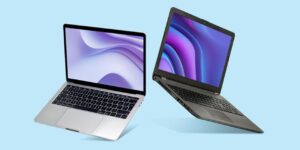
1. **Adjust Power Settings**
Every laptop comes with different power modes that you can easily adjust to conserve battery. Here’s how to make the most of them:
**Windows:**
– **Battery Saver Mode:**
Enable Battery Saver mode on Windows when your battery drops below 20%. This reduces background activity, dims the screen, and lowers other power-consuming settings.
To enable it:
Go to **Settings > System > Battery** and toggle on Battery Saver.
– **Power Plan Adjustments:**
You can switch to a power-saving plan from your control panel:
**Control Panel > Power Options**
Choose the “Power Saver” plan, which adjusts the CPU and screen brightness for optimal battery consumption.
**MacOS:**
– **Low Power Mode:**
For Macs running macOS 13.0 or later, you can activate Low Power Mode by going to **System Settings > Battery** and turning on Low Power Mode.
– **Battery Preferences:**
Enable the “Optimized Battery Charging” option. This feature learns your charging habits and prevents your battery from being charged above 80% until needed, preserving its lifespan.
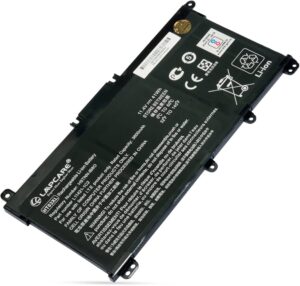
2. **Screen Brightness: The Silent Power Drainer**
Your screen is one of the biggest power-hungry components on your laptop. Reducing brightness can lead to significant battery savings.
– **Windows:**
Press **F2** (or whichever key is designated) to lower the brightness, or go to **Settings > System > Display** and adjust the brightness slider.
– **MacOS:**
Use the **F1** and **F2** keys to adjust brightness or go to **System Preferences > Displays** to fine-tune the brightness.
Tip: **Use Adaptive Brightness** (if available) so the laptop automatically adjusts the brightness based on ambient light.
3. **Turn Off Unnecessary Background Apps and Processes**
Laptops often have multiple apps running in the background, many of which you don’t need. These apps consume power and drain the battery.
**Windows:** - Press **Ctrl + Shift + Esc** to open the **Task Manager** and see what apps are running in the background. Disable unnecessary ones.
– You can also adjust background app settings by going to **Settings > Privacy > Background apps** and turning off apps you don’t need running.
**MacOS:**
– Open **Activity Monitor** (Applications > Utilities), and check for apps using too much CPU or memory. Close them if they’re unnecessary.
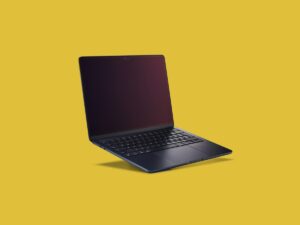
4. **Manage Your Wireless Connections**
Wi-Fi, Bluetooth, and other wireless connections constantly drain your laptop’s battery if they’re left on when not needed. Turn them off if you’re not actively using them.
– **Wi-Fi:** If you’re not using the internet, turn off Wi-Fi by clicking the network icon in the taskbar (Windows) or menu bar (Mac) and toggling it off.
– **Bluetooth:** Turn off Bluetooth if you don’t need it by going to **Settings > Devices > Bluetooth** (Windows) or **System Preferences > Bluetooth** (Mac).
5. **Update Your Software Regularly**
Keeping your operating system and drivers up to date ensures optimal performance, including better battery management. Many updates include fixes that can improve your laptop’s power efficiency.
– Windows Update:
Go to **Settings > Update & Security > Windows Update** to check for updates.
– MacOS Update:
Go to Apple Menu > System Preferences > Software Update
6. Disable Visual Effects
Aesthetic features like animations and visual effects consume more power than you might think. Disabling these can significantly improve battery life.
Windows:
– Right-click on **This PC > Properties > Advanced System Settings**.
Under the ‘Settings’ button in the Performance section, choose **Adjust for Best Performance** to turn off unnecessary visual effects.
MacOS:
– Go to System Preferences > Accessibility , and under the “Display” section, check Reduce motion and Reduce transparency.
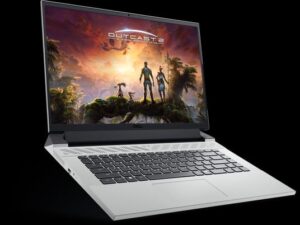
7. Use the Right Power Adapter and Charging Habits
While this may seem like a no-brainer, always use the manufacturer’s recommended power adapter to ensure your laptop’s battery stays healthy. Also, avoid constantly keeping your laptop plugged in.
– Don’t keep the battery fully charged : Lithium-ion batteries, which most laptops use, don’t perform well when kept at 100% all the time. Unplugging when it reaches 80-90% is optimal.
– Charge Between 20-80% : Try to keep your battery charge level between 20-80% to prolong its lifespan.
Save Battery Without Sacrificing Performance
Maximizing your laptop’s battery life doesn’t always mean compromising performance. By tweaking your settings and being mindful of background processes, screen brightness, and wireless connections, you can get more juice out of your laptop without sacrificing the speed or usability you need for everyday tasks.
Try these tips, and you’ll likely notice an improvement in battery longevity, allowing you to stay productive longer. Happy computing!

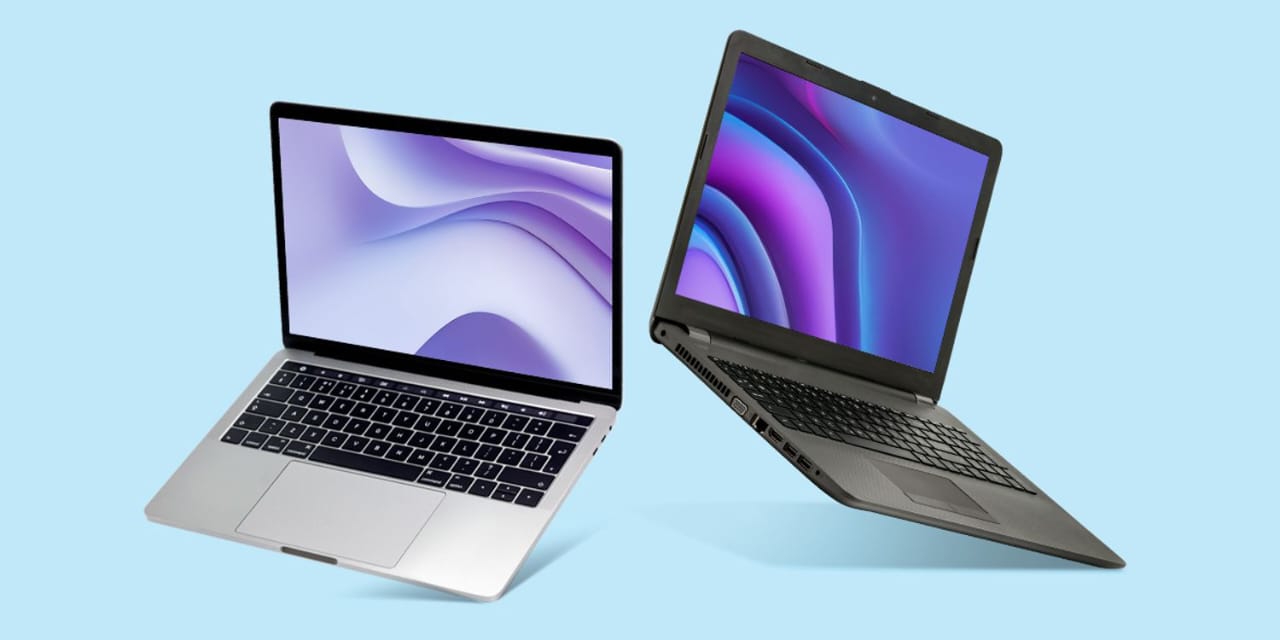
1 thought on “your laptop battery draining fast?: So do this setting, backup will increase manifold and battery life will increase.”